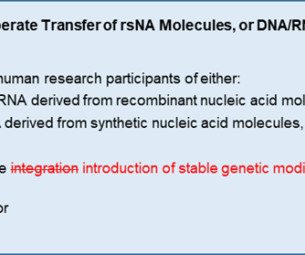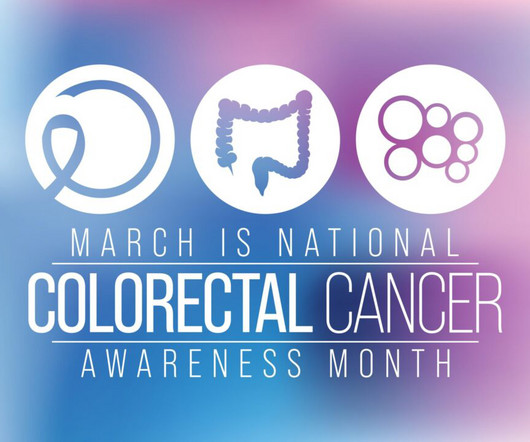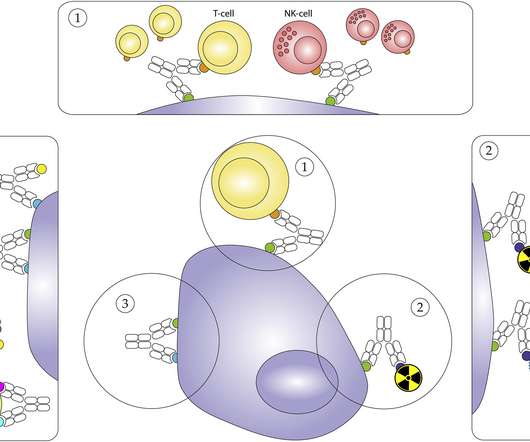QN-023a by Hangzhou Qihan Biotechnology for Relapsed Acute Myeloid Leukemia: Likelihood of Approval
Pharmaceutical Technology
MARCH 2, 2023
Attributes of the drug, company and its clinical trials play a fundamental role in drug-specific PTSR and likelihood of approval. The therapeutic candidate comprises allogeneic NK cells genetically engineered to express chimeric antigen receptors (CAR-NK) targeting cells CD33.













Let's personalize your content